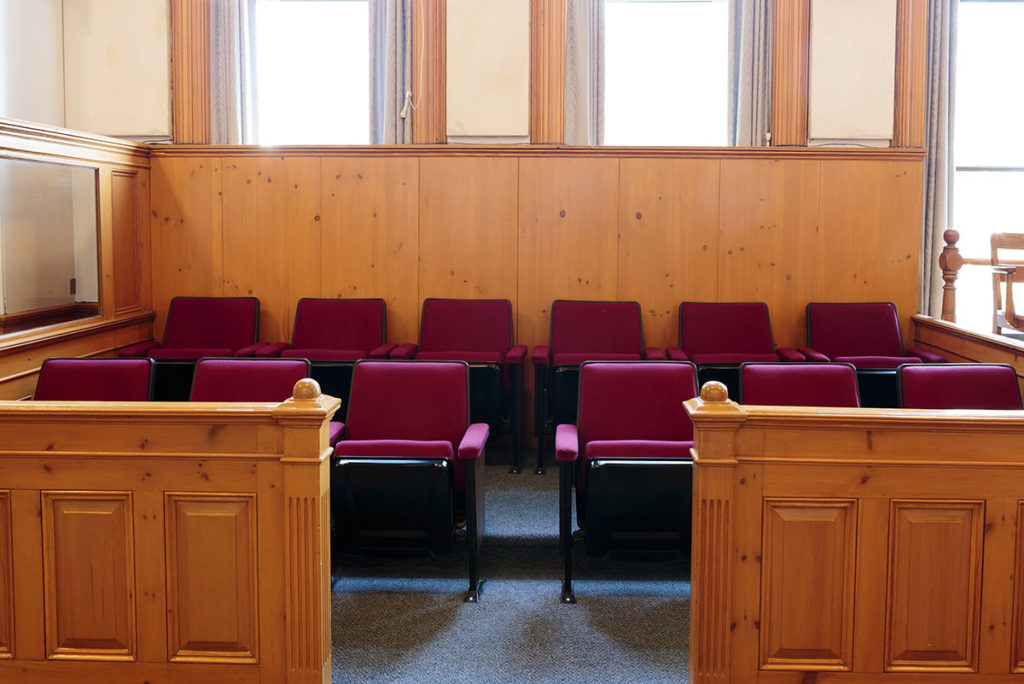Increasing Citations and Fines Are Not the Answers to Homelessness
A recent video of a Dunkin’ Donuts worker pouring water on a homeless man has become a flashpoint for national conversations about homelessness. This incident comes as many states are struggling to find solutions for growing homeless populations, and brutal attacks in Portland, California and Scottsdale illuminate the extreme forms of violence that homeless people encounter all too often. Unfortunately, many policy “solutions” take the form of increasingly hostile laws and restrictions that criminalize the homeless. Far from making citizens safer or solving problems, increasing criminalization of the homeless merely diverts public attention from the real problem: housing affordability.
City and state officials across the country have sought to address problems associated with homelessness by subjecting individuals living on the street to legal sanction. For example, Dallas police issued over 11,000 citations for sleeping in public from January 2012 to November 2015. Camping in public and sitting and sleeping on the street are necessary and typically unavoidable for people without a permanent home. As such, law enforcement cannot serve as a meaningful deterrent.
Ultimately, these laws serve only to relocate people that society should be helping. This form of leaf-blower justice, while ostensibly warranted, wastes money and law enforcement resources. A 2016 report on six Colorado cities estimated that enforcing fourteen anti-homelessness ordinances over a five-year period cost the state over $5 million.
Extensions of policing power coupled with expanding homeless populations have had a substantial impact on the ground, and confrontations with law enforcement are on the rise. Los Angeles is increasingly arresting homeless individuals for minor offenses and jailing more people for failure to appear in court than for any other reason. Instead of curbing minor offenses, these efforts have exacerbated problems for the homeless and are likely making the entire community less safe.
Overusing jails can be an impediment for public safety. A report by The Arnold Foundation shows that brief stints in jail can increase the probability of recidivism among low-risk defendants by almost 40 percent.
Criminalization measures also create a culture of animosity and fear toward law enforcement. While arrest is typically a last resort, the use of paid citations creates a cycle of debt that leads to additional fines and often incarceration. Because homeless people physically need to sleep and use the bathroom, hostile laws only force them into the shadows as they learn to avoid highly policed locations. This makes law enforcement’s job more difficult, as homeless people are especially likely to be victims of crime.
The good news is that there are cost-effective alternatives
One reform, Utah’s Housing First program, played a major role in decreasing its chronically homeless population. Unlike other models that require sobriety, Utah’s program moves homeless individuals directly into housing and seeks to provide stability for addressing other issues. The state’s Homeless Task Force reported that the $7,800 it cost to house and provide a caseworker for one person was far cheaper than the average $19,208 per year the state pays to take care of a chronically homeless person. Far from an anomaly, the Department of Housing and Urban Development was able to reduce the homeless veteran population by 54% using the housing-first model. And after only one year of its housing program, the city of Albuquerque saved over $600,000 and saw a 64% reduction in related jail costs.
Another way to ease pressures on homeless individuals is for regions to allow for more housing in cheaper, traditional archetypes. California has been a leader in requiring municipalities to allow small “accessory dwelling units” in residential areas. Places like New York allow boarding houses, while trailer parks have been a next step for the rural homeless for generations.
Meanwhile, Ramsey County, Minnesota’s Police-Homelessness Outreach Program uses social workers within police stations to connect homeless clients with services. Similar to Denver’s recovery court, this program connects homeless individuals with resources to address issues with employment and addiction.
Even minor criminal offenses like public urination can be addressed more effectively through extrajudicial means. For example, after an outbreak of hepatitis A, Los Angeles found success decreasing instances of public urination and defecation by providing increased access to public restrooms. Minneapolis sought to fight against the spread of illness by installing portable toilets and hand-sanitizing stations near encampments. This does not mean that officers should not enforce public urination laws, but it proves that addressing root causes more directly will decrease instances of the offense.
These solutions provide homeless individuals something vital that criminalization does not—legal alternatives to crime.
As local and state governments continue to face shrinking budgets in their fights against homelessness, ineffective, costly techniques must be replaced by sensible and evidence-based solutions.








